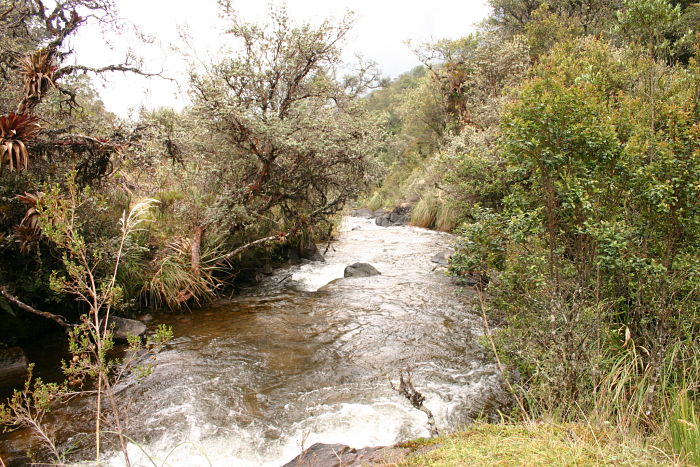10 Facts About Sanitation in Ecuador

Located at the western top of South America, Ecuador has improved water regulation and overall sanitation within the last couple of decades. Here are 10 facts about sanitation in Ecuador.
10 Facts About Sanitation in Ecuador
- Before 2007, organic loads, toxic substances and hydrocarbons contaminated large bodies of water. Ecuador’s government devised a plan to increase overall healthy water flow. The plan consisted of using financial support to create sustainable water management. The lack of healthy water flow led to the exploitation of aquifers on Ecuador’s coast, which melted approximately 33% of the country’s glaciers. Moreover, the lack of water flow led to a reduction of at least 25% of Paramos’ regular water flow, which is a historical area. The improvement of water sustainability allowed Ecuador’s people to access healthy water easily.
- In 2019, Ecuador received an $87 million loan from the U.S. to improve water regulation. The loan from the U.S. allowed Ecuador’s government to expand and improve drinking systems. Ecuador has directed the loan towards the achievement of universal access to piped sanitation services.
- The country created a National Development Plan in 2007 which prioritized the integration of water management. Many saw Ecuador’s lack of easy access to clean water and sanitation as a detrimental factor that slowed the development of the country’s sustainability. The National Development Plan encouraged a more developed culture for Ecuador’s sanitation. One main goal was to build 1.5 kilometers of sewage networks in Quitumbe and 26 kilometers of interceptors for wastewater management in Checa and la Merced.
- Ecuador’s national sectoral strategy established that the country should reach equitable access to potable Water and Sanitation Services by 2030. In the national sectoral strategy, the country strived to divide loans into different sections with regards to water management. As a result, vast improvement has occurred in the country’s economy. In July 2019, approximately 39,197 additional citizens in urban areas obtained new access to improved sanitation services.
- The government’s new project hopes to achieve country-wide access to piped sanitation services. The Guayaquil Wastewater Management Project for Ecuador aims to install wastewater catch basins of the urban cities such as Guayaquil. As a result, 2 million citizens will gain access to proper sanitation. Ecuador’s government hopes to ensure that 100% of the wastewater within these basins receive treatment in an environmentally sustainable way.
- Currently, 93% of Ecuador has access to basic drinking water. Ever since 2007, there has been more focus on safely managing sanitation services as well as water waste treatment. Due to the implementation of basic sanitation needs in Ecuador’s sustainability plan, improvement is evident within urban and rural areas throughout the country.
- Ecuador upgraded and amplified the sewage system and sanitation networks throughout municipalities in Quitumbe, Checa and La Merced. By building several drinking water treatment plants, the government and local workers introduced 39 kilometers of raw water transmission lines from natural reservoirs. Within agricultural systems, Ecuador also installed and put over 400 flow meters for larger consumers. Installing hundreds of flow meters allow farmers and other agricultural workers to maintain and limit the amount of water needed for efficient agriculture.
- Ecuador’s improvement within sanitation allowed basic water regulation within schools to improve immensely. Before, numerous schools lacked access to clean sanitation, flushing water and dry toilets. The government’s development plan focused on nationwide sanitation, which involved the implementation of basic water and clean sanitation to just under 7,000 students.
- The overall share of people living in poverty in Ecuador has dropped to roughly 4%. Compared to 1998, the poverty line has dropped significantly. Approximately 10% of Ecuador’s population lived in poverty in the late 1900s. Today, only 4% of the population lives in poverty.
- Awareness of female sanitation has increased in the last decade. In 2015, the government responded to a higher demand for easier access to female products. Female products such as towels (pads), tampons and pantyliners are more easily accessible in grocery stores within urban and rural areas.
Throughout the last decade, sanitation and easier access to water has increased immensely. While sanitation within the country has improved, with over 90% of the country having access to clean water, the government hopes to close the entire gap and provide accessible water for the country as a whole by 2030.
– Elisabeth Balicanta
Photo: Wikimedia Commons
